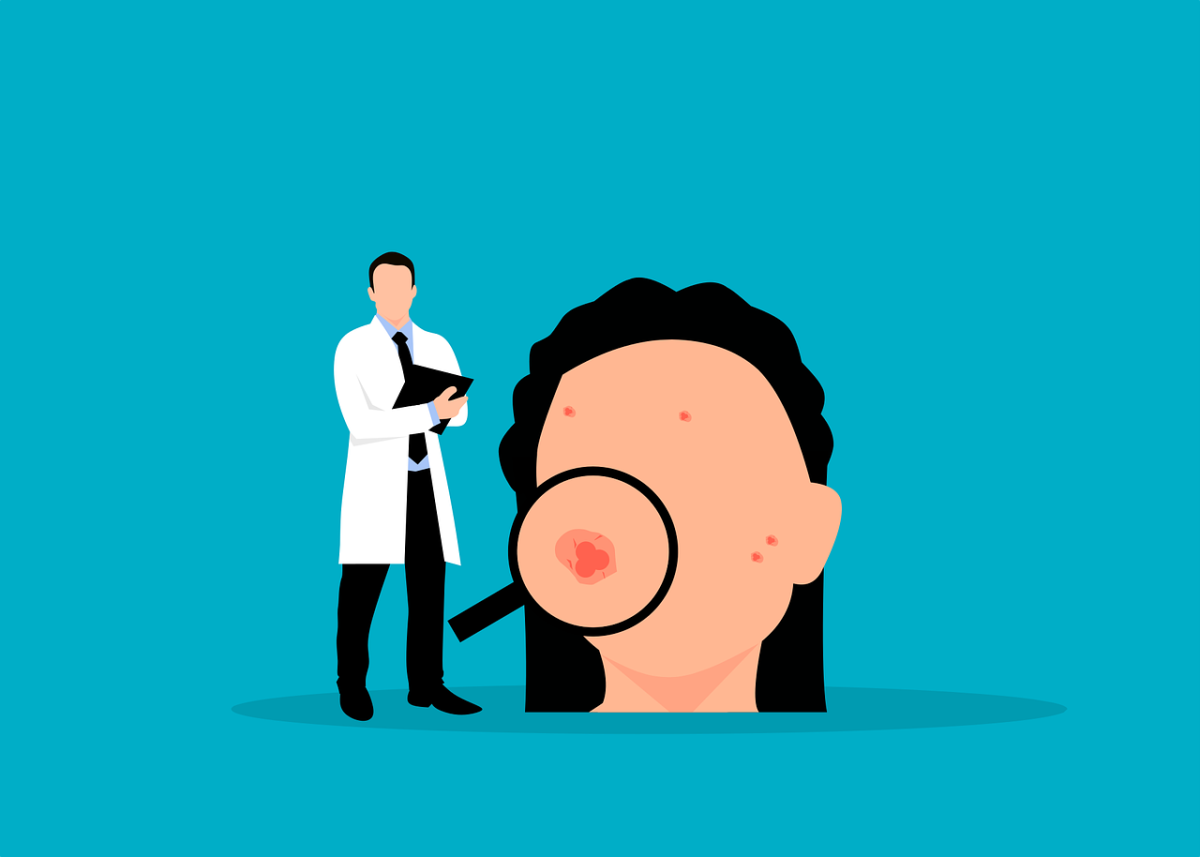Every area of healthcare is being significantly impacted by artificial intelligence (AI), and dermatology is no exception. Melanoma identification using AI is one possible application for AI in dermatology. Melanoma is the deadliest type of skin cancer and is difficult to detect and can be fatal. Artificial intelligence (AI) in this context can identify melanoma with a high degree of precision. This is crucial because the number of skin biopsies is increasing while the number of pathologists is decreasing leading to slows down in the rate of identification and, consequently, therapy.
The Process
The process includes the use of Deep Learning to build Convolutional Neural Networks (CNNs), a subcategory of machine learning. CNNs are a form of network architecture for deep learning algorithms and are specifically used for image recognition and other tasks requiring the processing of pixel data. They are therefore perfect for positions requiring computer vision (CV) skills as well as situations requiring precise object detection.
Data collection is the first step in dermatology scans for melanoma, where a sizable dataset of pictures of moles, lesions, and other skin anomalies is gathered and annotated by doctors to build a training set. The machine learning programs’ training on this information comes next during which, the system learns to recognize the characteristics of a melanoma lesion and distinguish them from other kinds of skin anomalies.
After the system is trained it is then incorporated into a dermatologist’s workflow. The dermatologist would capture photos of any suspicious lesions during a skin examination and upload them to the AI system, which would then evaluate the pictures and offer a diagnosis. A possible melanoma lesion would be flagged by the algorithm, prompting the physician to conduct additional testing.
After reviewing the image and the AI-generated analysis, a dermatologist may use additional diagnostic techniques like biopsy to support or contradict the prognosis. In order to increase the precision of the system, dermatologist comments on how well the AI system performed is integrated back into the training data.
An artificial intelligence (AI) system hence helps medical workers in developing possibly successful treatments and improving patient results. It can also increase access to treatment and raise the number of patients who can be seen and diagnosed quickly.
Conclusion
Dermatologists are now outperformed by artificial intelligence (AI) in the diagnosis of skin cancer, but dermatology is still lagging behind radiology in its widespread acceptance. Applications for AI are becoming easier to create and use.
Complex use cases, however, might still necessitate specialist knowledge for implementation and design. In dermatology, AI has a wide range of uses including basic study, diagnosis, treatments, and cosmetic dermatology.
The main obstacles preventing the acceptance of AI are the absence of picture standardization and privacy issues. Dermatologists are crucial to the standardization of data collection, the curation of data for machine learning, the clinical validation of AI solutions, and eventually the adoption of this paradigm change that is transforming our practice.
We want to make innovation accessible from a functional standpoint and encourage your remarks. If you have inquiries about evolving use cases across various domains or want to share your views email us at open-innovator@quotients.com






